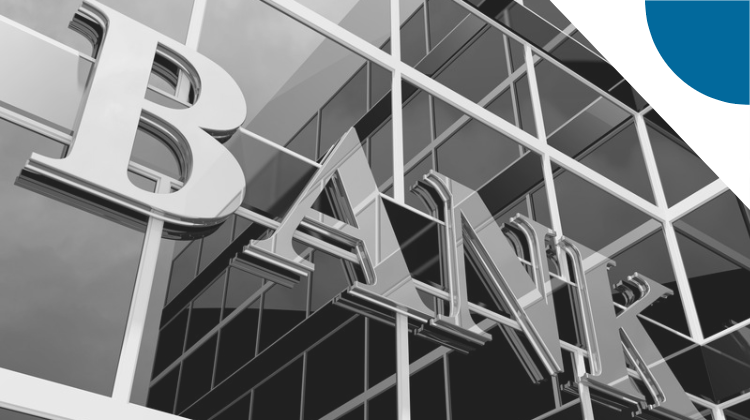Banking
Upcoming Q2 2023 bank earnings: How bad will it be?
- Q2 2023 financial results are just around the corner. Upcoming results will provide a clearer picture of the lasting effects of the banking crisis and persistent Fed rate hikes.
- Banks are in a tight spot to generate earnings from making loans – in fact, loan losses may negatively impact bank earnings this quarter.








